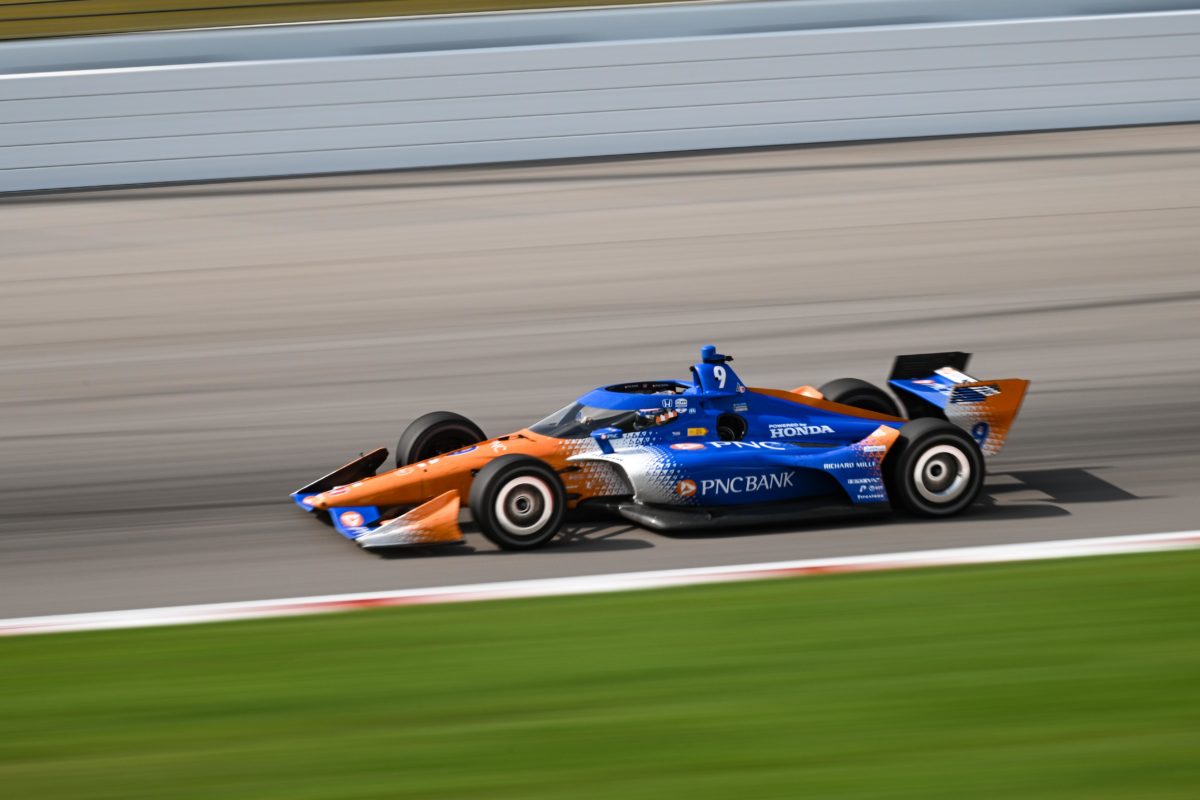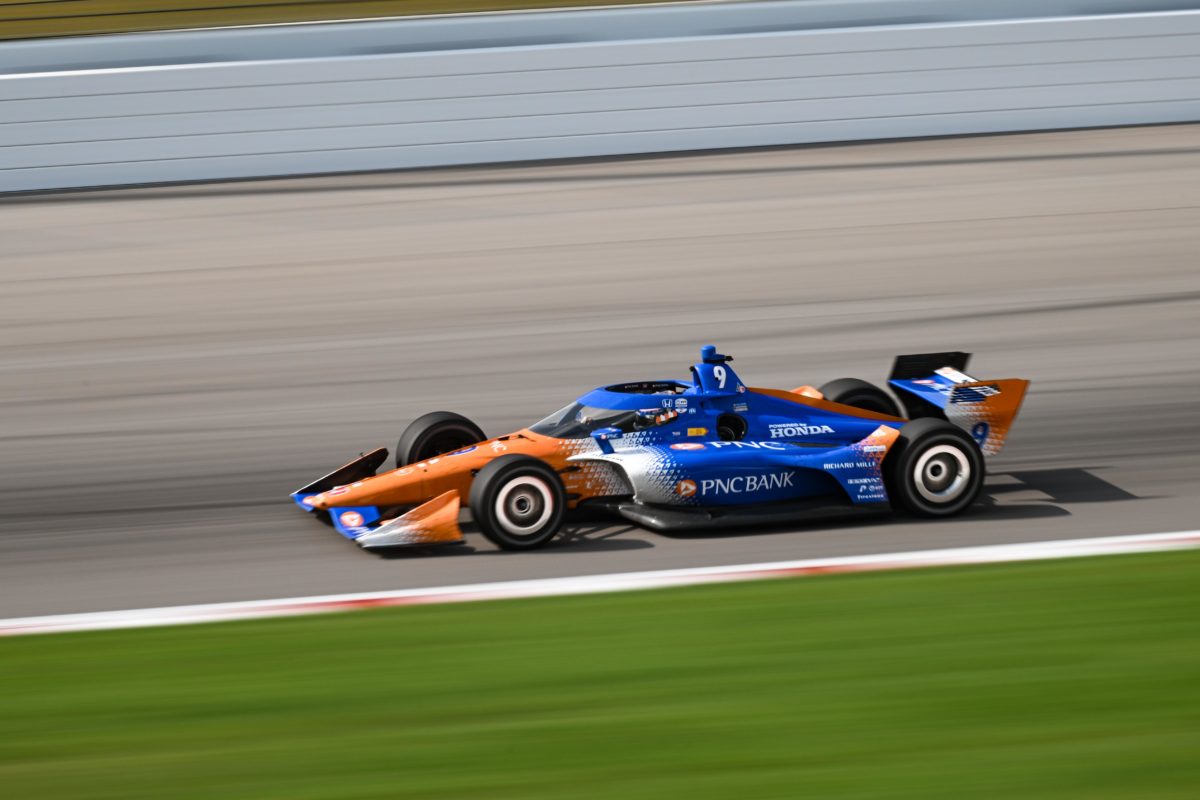

Scott Dixon took his 55th IndyCar win at the 2023 Bommarito Automotive Group 500, leaving many on pit road confused, wondering just how in the world he pulled off another fuel strategy win.
Fuel saving has been a trademark of Dixon’s throughout his career, so it shouldn’t have been a surprise that Sunday’s victory at World Wide Technology Raceway would be accomplished by spending less time on pit road than everybody else.
An engine change grid penalty dropped Dixon to 16th on the starting grid on the 1.25-mile (2.011km) oval and Dixon played the long game for his first stint of the race by stopping on Lap 65, later than everyone else except for Will Power who also pitted on that lap.
“The thing for us is that we could just maintain the pace with everybody in the group, go 10 laps longer,” Dixon said.
“Once we saw everyone was peeling off, even teammates … I know the 8 car went aggressive and did the undercut. It played out pretty well for them because they gained maybe five or six spots. At some point you’re going to have to pay for that.
“There were probably a couple of points where I was almost arguing a little bit to bail off what we were doing. So good job by Mike [Hull] and Chip, everybody on the 9 car stand, [Chris] Simmons as well, to sticking to their guns on the strategy side. It worked.”
The next stint for the #9 Chip Ganassi Racing crew was race-defining. While almost everyone else made their next pit stop between Laps 101 to 113, Dixon remained on track longer than anyone else on the red sidewall alternate compound tires and that paid off thanks to Takuma Sato’s wall contact on Lap 122.
IndyCar called for a caution period to remove the #11 Chip Ganassi Racing Honda from the backstretch after the aforementioned contact damaged the car, causing the two-time Indianapolis 500 winner to spin to the inside of the backstretch.
Dixon pitted with the lead-lap cars on Lap 126 under yellow while the rest of the field pitted on Lap 131 after receiving their wave-around.
With the rest of the field in theory on the same strategy, the dilemma was simple. Could a team do the rest of the race on one stop, or would everyone have to stop twice? After the Lap 135 restart, Dixon had his doubts.
“Probably the hardest part was the restart where we were leading, having to get a pretty high fuel number,” Dixon said. “We weren’t getting it. We were a ways off.
“But I knew we could kind of stress that kind of second through fifth pack, get them into a pretty vulnerable situation. I knew once we caught the back markers we’d be able to save and get beyond the fuel mileage that we needed to. It actually worked out perfectly. We were able to go further and beyond where we needed to.”
From Lap 164 to 178, the overwhelming majority of competitors came down pit road for their third stop. Dixon remained on track until Lap 196.
Romain Grosjean was in second place also trying the same strategy, but he was 25 seconds behind Dixon.
After Grosjean’s stop, Dixon lapped the #28 Andretti Autosport Honda, putting the 2008 Indianapolis 500 champion almost on a lap all by himself after everyone else made their final pit stops.
The six-time IndyCar champion was in 11th place. By Lap 221, Dixon was back in the lead and he would not relinquish it, winning by over 22 seconds. As for Grosjean, he finished 12th, one lap and 7.4 seconds behind Dixon while trying the same strategy in the last half of the race.
The lesson should be simple, but so many people forget it so frequently. In a fuel strategy race, don’t bet against Scott Dixon.





















Discussion about this post